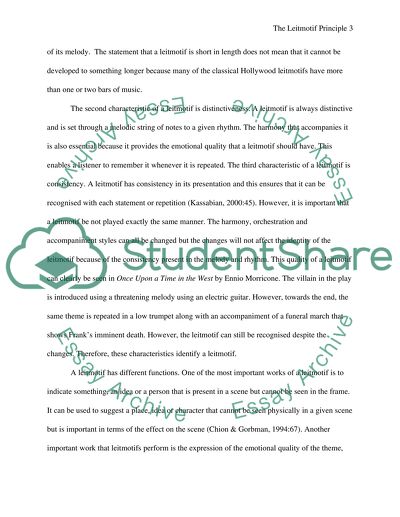Cite this document
(“The Leitmotif Principle Essay Example | Topics and Well Written Essays - 2000 words”, n.d.)
Retrieved from https://studentshare.org/visual-arts-film-studies/1700858-the-leitmotif-principle
Retrieved from https://studentshare.org/visual-arts-film-studies/1700858-the-leitmotif-principle
(The Leitmotif Principle Essay Example | Topics and Well Written Essays - 2000 Words)
https://studentshare.org/visual-arts-film-studies/1700858-the-leitmotif-principle.
https://studentshare.org/visual-arts-film-studies/1700858-the-leitmotif-principle.
“The Leitmotif Principle Essay Example | Topics and Well Written Essays - 2000 Words”, n.d. https://studentshare.org/visual-arts-film-studies/1700858-the-leitmotif-principle.


